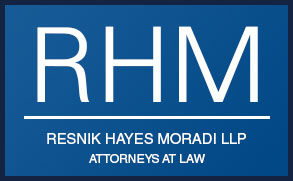FOR IMMEDIATE RELEASE
VAULT.COM UNVEILS LAW PRACTICE AREA RANKINGS
WEIL, GOTSHAL NAMED NO. 1 BANKRUPTCY LAW FIRM FOR 4TH STRAIGHT YEAR
New York, NY, (June 27, 2012) Today, Vault.com, the source of ratings, rankings and insight for law students and lawyers, released its Practice Area Rankings for 2013. This year, as has been the case for the previous three years, Weil, Gotshal & Manges was the firm rated strongest in bankruptcy law by associates.
The firm once again beat out Kirkland & Ellis to claim its fourth straight title. According to survey respondents, Weil is “one of the big guys” and a “powerhouse,” whose attorneys are “bankruptcy masters.” Weil; Kirkland & Ellis; and Skadden Arps remained in the same positions as last year – No. 1, No. 2, and No. 3, respectively – but the rest of the Top 10 saw some significant movement this year.
Among the changes, Jones Day jumped one spot to No. 4, pushing Akin Gump Strauss Hauer & Feld down one spot to No. 5. White & Case also moved up one notch to No. 9, while Latham & Watkins returned to the Top 10—after a two-year hiatus—at No. 8 in a tie with Wachtell Lipton. Pachulski Stang Ziehl & Jones debuted on the list at No. 7, making it the only bankruptcy boutique voted onto the Top 10.
In order to determine the Vault Practice Area Rankings, nearly 17,000 associates were asked to vote for up to three firms they consider strongest in their own practice area, but were not permitted to vote for their own firm. Vault’s rankings indicate the top firms in each area, as well the total percentage of votes, offering law students and associates a tool to aid in their career search.
The Top 10 Bankruptcy Law Firms Are:
Read more…

![IMG_0143[1]](http://www.centraldistrictinsider.com/wp-content/uploads/2012/06/IMG_014311-300x224.jpg)



